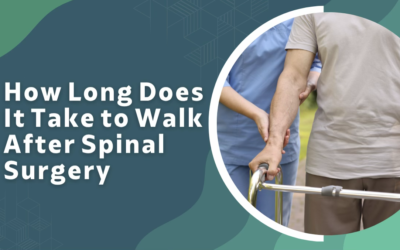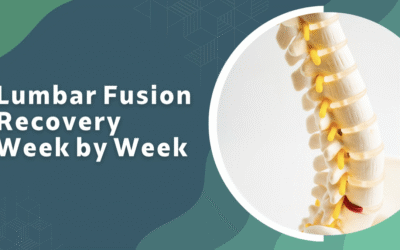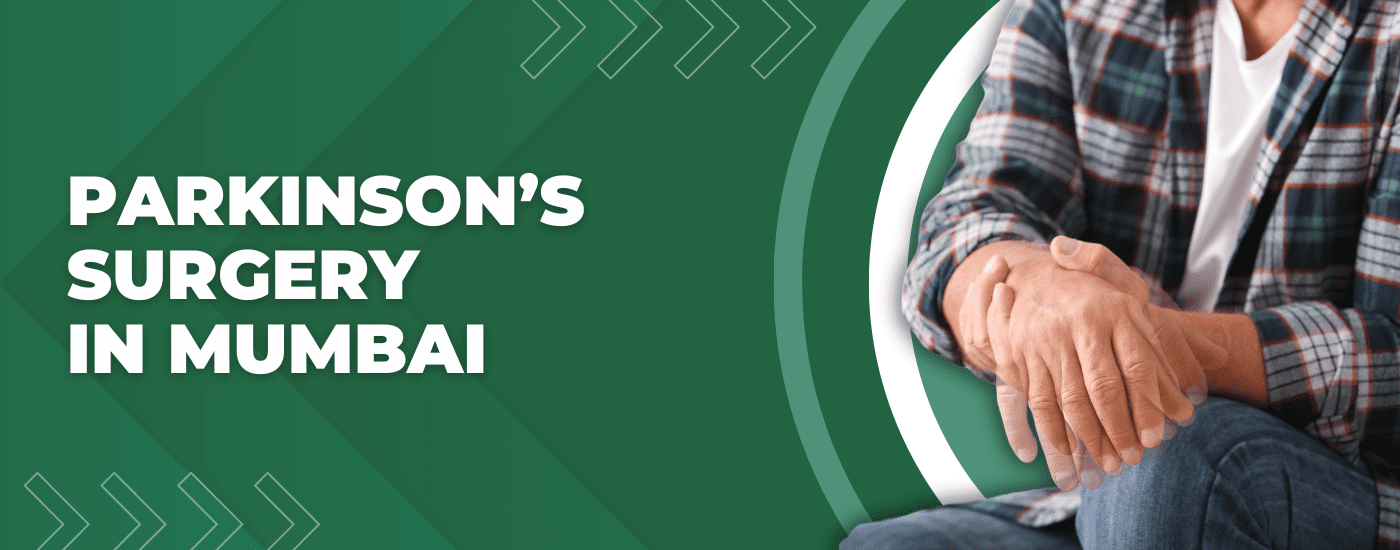
Parkinson’s Surgery in Mumbai
Parkinson’s disease distresses the nerve cells in the brain that create dopamine. The symptoms of Parkinson’s disease comprise muscle stiffness, tremors, and alterations in speech and gait. Post diagnosis, Parkinson’s treatment in Mumbai can help alleviate symptoms.
Everyone’s experience of Parkinson’s is different. So, you may require to try various medications, treatments, and therapies to discover what works best for you. Your specialist can offer you personalized advice based on your lifestyle and disease symptoms.
The essential element in your care is having as much comfortable, friendly, and productive a relationship as possible with your doctor. In selecting a doctor for Parkinson’s treatment in Mumbai, your primary considerations must be how much the doctor knows and how well the doctor attends you.
Remember, no two cases of Parkinson’s disease are the same. Having a doctor who recognizes this and who listens to you is essential. When it comes to Parkinson’s disease, “advanced” treatment can mean a new exercise routine for one person, surgery for another.
The multidisciplinary team headed by Dr. Gurneet Sawhney, an experienced neurosurgeon in Mumbai and expert physicians, nurses, physical therapists, and pain management specialists – endows complete, well-integrated care for patients with Parkinson’s disease and many other brain disorders. Here, patients have a comprehensive range of care, from diagnosis to treatment and recovery.
What is Parkinson’s Disease?
Parkinson’s disease is a neurodegenerative condition that primarily affects dopamine-producing neurons in the substantia nigra region of the brain. Tremor, stiffness or rigidity in the legs and arms, slowness of movement, and/or imbalance are symptoms that people with Parkinson’s disease may experience.
In the early stages, patients may notice a minor trembling of the hands or difficulties walking. The symptoms may worsen over time, resulting in slurred speech and a variety of physical disabilities.
What are the Causes of Parkinson’s Disease?
Parkinson’s disease is thought to be caused by a variety of factors, including:
- Genetic factors
- Aging
- Environmental damage
- Oxidative damage
What are the Signs and Symptoms of Parkinson’s Disease?
Not everyone with Parkinson’s disease has the same symptoms. The symptoms differ depending on the person and stage of the disease.
Some of the common Parkinson’s disease symptoms are:
- Shaking
- Handwriting might become unstable and shaky.
- Trembling of the jaw, head, hands, or legs may worsen when the patient is resting and become better when the patient moves.
- Rigidity or stiffness in the limbs and the trunk.
- Loss of balance or unstable posture.
- Stooping posture.
- Bradykinesia – slowness in movements.
- Problems with eating and swallowing, digestion, and urination.
- Skin and sleeping issues.
How is Parkinson’s Disease Diagnosed?
Parkinson’s disease is diagnosed in a variety of ways. A complete neurological examination is required to diagnose Parkinson’s disease, best done by a neurologist specializing in movement disorders. Many illnesses can mimic the symptoms of Parkinson’s disease. Hence, a thorough clinical examination and proper testing (blood tests, brain imaging) are required to rule them out.
How is Parkinson’s Disease Treated?
Although there is no permanent cure for Parkinson’s disease, the patient can live a normal life with the help of medications that control the symptoms. Medicines that can reduce symptoms and prevent them from getting worse are used to treat this disease. Parkinson’s disease is primarily treated with oral medications. However, oral medications may become less effective as the disease progresses. The patient may require invasive treatment such as Deep Brain Stimulation (DBS) surgery or infusional medicines for symptom management.
Surgery Options for Parkinson’s Disease
Dr. Gurneet Singh Sawhney is an expert, competent, and one of the best neurosurgeons in Mumbai, with an excellent record of successful brain surgeries on patients with Parkinson’s disease.
Brain surgeries for Parkinson’s disease enable these patients to better motor control their movements. In most cases, they are performed after the patients have been on medication and need additional help in motor control in terms of stability, control, and balance.
The neurosurgeon focuses on relieving the involuntary movements of Parkinson’s patients. They diagnose the onset of dyskinesia, which refers to the writhing and erratic movements of the patient’s limbs, face, and trunk region. These movements could be rapid jerks or extended and slow muscle spasms.
The neurosurgeon will conduct an in-depth diagnosis and evaluation of the condition of the patient. The decision to go ahead with the surgery is carefully evaluated regarding the patient’s symptoms, overall health, and the potential benefits of the brain surgery.
The neurosurgery for a Parkinson’s patient will be performed on the deep brain structures, i.e., the thalamus, globuspallidus, and subthalamic nucleus, which control the patient’s movement. The three significant surgeries for Parkinson’s viz. Pallidotomy, Thalamotomy, Deep Brain Stimulation (DBS).
Procedures of Brain Surgeries for Parkinson’s Disease
These surgeries are performed using the stereotactic technique of surgery. In stereotactic surgery, the skull is fitted in a metal frame under local anesthesia. The neurosurgeon seeks the aid of diagnostic imaging to locate the problem area in the brain. The neurosurgeon will drill nickel-sized holes and perform the necessary action to resolve the issue.
1. Pallidotomy
The surgeon will perform a pallidotomy in the globuspallidus, a quarter-inch-sized region of the brain. This region controls the movement and becomes hyperactive due to a lack of dopamine in the patient.
Experts feel that lesions to this region will provide the requisite balance essential for normal movement. The neurosurgeon inserts a wire probe to apply the lesions accordingly. Pallidotomy procedures work to eliminate muscle rigidity, tremor, medication-induced dyskinesias, and loss of spontaneous movement.
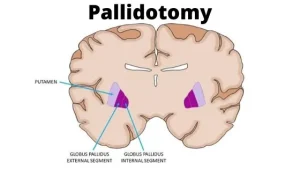
2. Thalamotomy
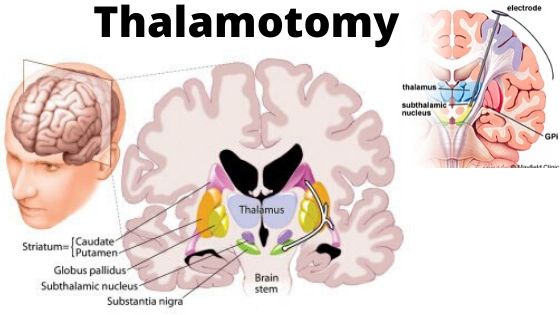
3. Deep Brain Stimulation (DBS)
The patients are provided with a controller to switch on and off the device. The electrodes implanted on the left side of the brain control the movement of the right side of the body and vice versa. Single or two electrodes are implanted depending upon the condition of the patient. This type of stimulation assists in rebalancing the control messages in the brain and the tremor movement.
Deep brain stimulation in the subthalamic nucleus or globuspallidus works well in treating motor movement disorders related to Parkinson’s disease and reduced medicine intake. DBS is a very much relied upon and safe alternative to thalamotomy and pallidotomy.
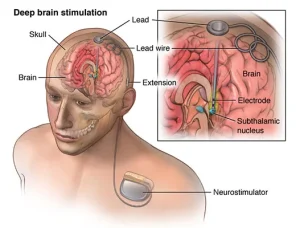
Why Choose Dr. Gurneet Sawhney for Parkinson’s Treatment in Mumbai?
- Dr. Gurneet Singh Sawhney specializes in brain surgery, brain tumor surgery, deep brain stimulation (DBS), epilepsy surgery, spine surgery, Parkinson’s, and seizure treatment.
- Dr. Sawhney is regarded as one of the best neurosurgeons in Mumbai due to his consistent ability to perform result-oriented surgery for catastrophic brain diseases.
- Moreover, he is one of the few neurosurgeons in India who has received training in microneurosurgery, neuroendoscopy, and minimally invasive spine surgery.
- Dr. Gurneet Singh Sawhney, who has over 14 years of experience, has evolved to be a reputed neurosurgeon in Mumbai due to his sheer hard work, devotion, and tenacity.
- Besides, he has vast expertise and experience in managing Parkinson’s patients to live normal lives.
- Dr. Gurneet Sawhney’s kind and welcoming demeanor make him highly approachable to his patients. He can talk in nearly ten languages, making patients feel very comfortable and at ease associating with him during their treatment.
- Consult Dr. Gurneet Sawhney if you are looking for specialists to treat this disease that may be troubling your family member.
Frequently Asked Questions
Does Parkinson's disease have an impact on memory?
Which symptoms indicate worsening of Parkinson's disease?
What is the best exercise for Parkinson's patients?
Which organs are impacted by Parkinson's disease?
Do Parkinson's patients have sleep problems?
What causes Parkinson's disease to worsen?
What happens if Parkinson's disease is left untreated?
Blogs
What Are the 5 Warning Signs of a Mini-Stroke?
A mini stroke, medically called a transient ischemic attack, is the body's early alert that a major stroke may be developing soon. A brief blockage in the brain stops oxygen flow for minutes. Even though symptoms fade quickly, the impact on health is serious. These...
How Long Does It Take to Walk After Spinal Surgery?
Spinal surgery, whether for a herniated disc, spinal stenosis, or degenerative disc disease, can be life-changing. However, recovery can be challenging, and one common question patients ask is, “How long does it take to walk after spinal surgery?” Walking is an...
Lumbar Fusion Recovery Week by Week: A Complete Guide
Lumbar fusion surgery is often recommended to treat serious spine issues like degenerative disc disease, scoliosis, or severe herniated discs. The procedure involves fusing two or more vertebrae together to eliminate motion in the spine and relieve pain. Though lumbar...


